When decorating a compact living area, every design choice matters—especially lighting. Floor lamps and table lamps both offer unique benefits, but selecting the right option for your small space can maximize functionality, enhance aesthetics, and even make your room feel larger. In this guide, the lamp manufacturer Goodly Light will break down the pros and cons of each, along with placement tips to help you optimize your lighting strategy
Floor Lamps vs. Table Lamps: Key Differences
1. Space Efficiency
- Floor Lamps: Ideal for saving surface space. They stand independently, making them perfect for rooms with limited tabletops or shelves. Sleek, vertical designs (e.g., arc or tripod styles) draw the eye upward, creating an illusion of height.
- Table Lamps: Require a stable surface, such as a side table or desk. While they can clutter small spaces if not chosen carefully, compact designs (e.g., mini or wall-adjacent lamps) work well for focused tasks like reading.
2. Lighting Coverage
- Floor Lamps: Often provide ambient or directional lighting. Models with adjustable arms or shades (like swing-arm floor lamps) can illuminate larger areas, such as a living room corner or a dark hallway.
- Table Lamps: Deliver task or accent lighting. They’re ideal for bedside tables, desks, or console tables where localized light is needed.
3. Style Flexibility
- Floor Lamps: Modern slim designs or minimalist styles (e.g., bamboo or metal finishes) blend seamlessly into tight spaces. Avoid bulky bases in small rooms.
- Table Lamps: Offer decorative versatility. Choose transparent materials (glass, acrylic) or compact shapes to maintain visual lightness.
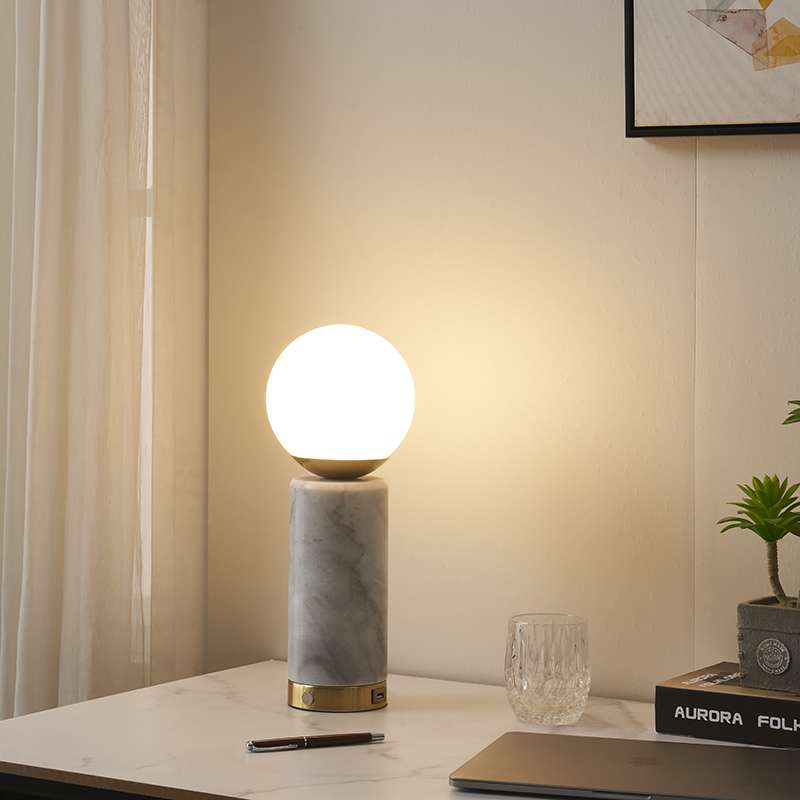
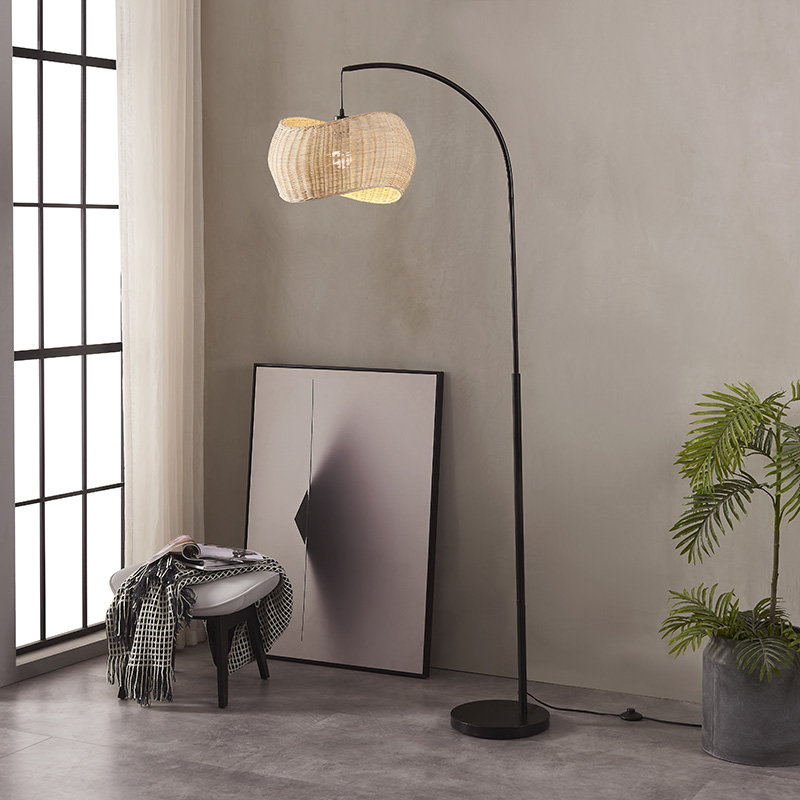
Which Is Better for Small Spaces?
1. Choose a Floor Lamp If:
- You lack surface space but have empty corners or walls.
- You need to brighten an entire seating area or dark zone.
- You need to brighten an entire seating area or dark zone.
2. Choose a Table Lamp If:
- You have dedicated surfaces (e.g., a nightstand or desk) that need focused light.
- You prefer layered lighting (combine with overhead fixtures for balance).
- You want a decorative accent piece (e.g., a ceramic lamp for a pop of color).
Pro Tip: Mix both! For example, pair a floor lamp in the living room with a small table lamp on a console for a balanced, multi-level lighting scheme.
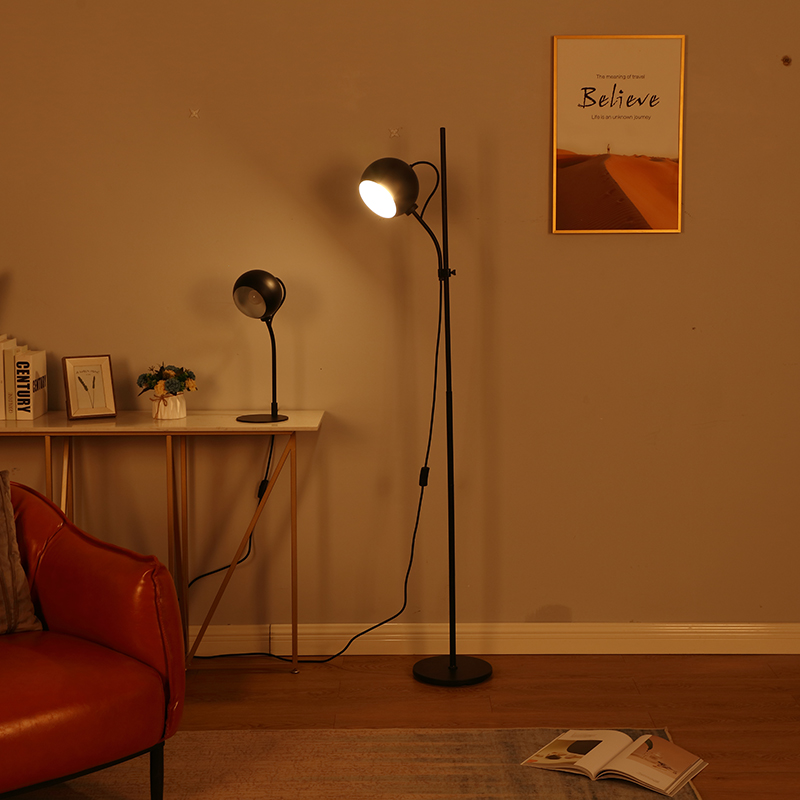
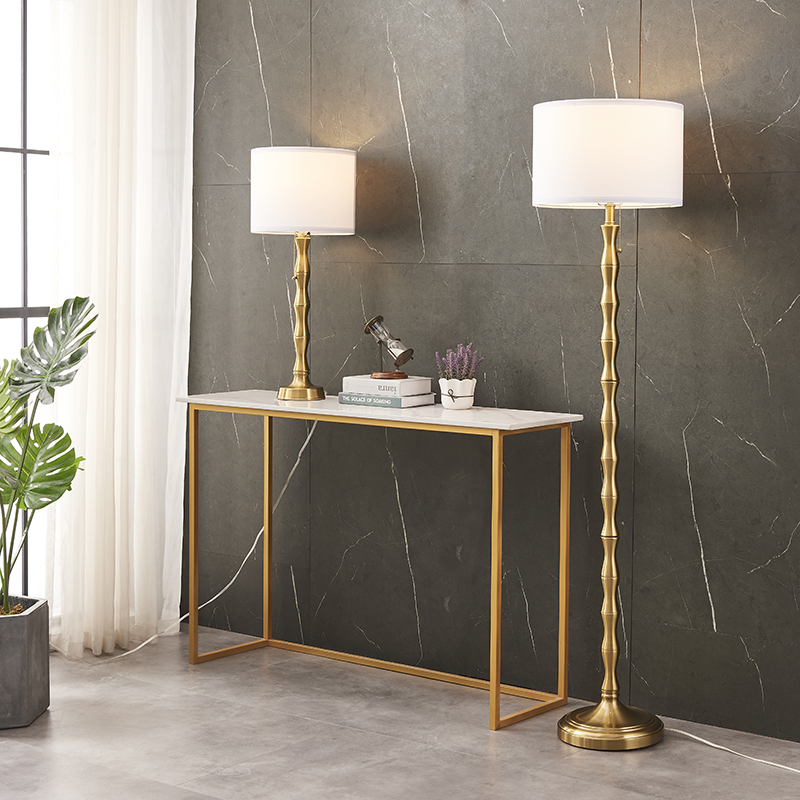
Placement Tips for Small Spaces
1. For Floor Lamps
- ●Corner Placement: Tuck a tall, slim floor lamp into an underused corner to free up floor space. Angle the shade toward seating areas for cozy ambiance.
- ●Behind Furniture: Position a floor lamp behind a sofa or armchair to illuminate the room without blocking pathways.
- ●Use Adjustable Heights: Opt for models with adjustable heads to direct light where needed (e.g., over a reading nook).
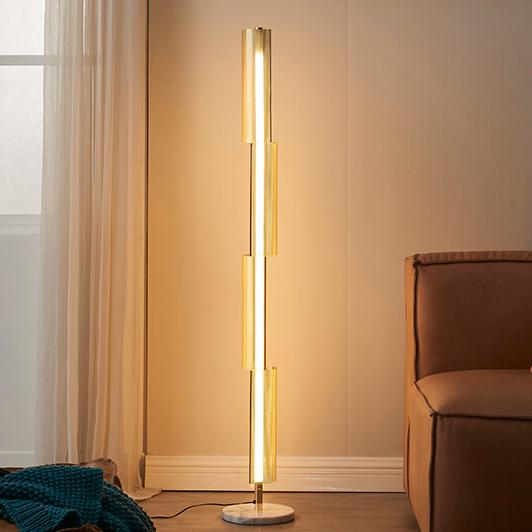
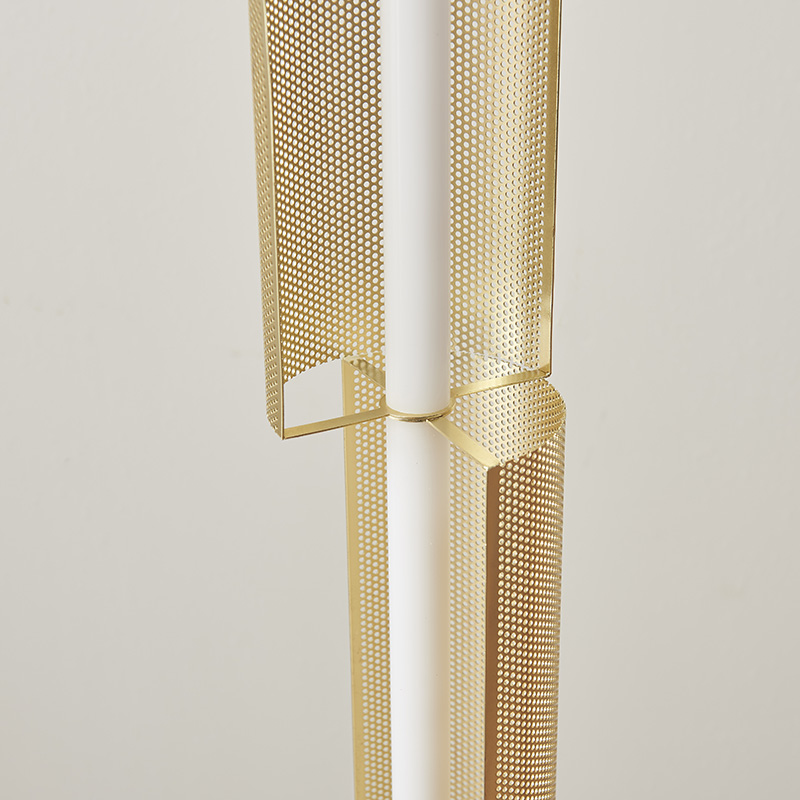
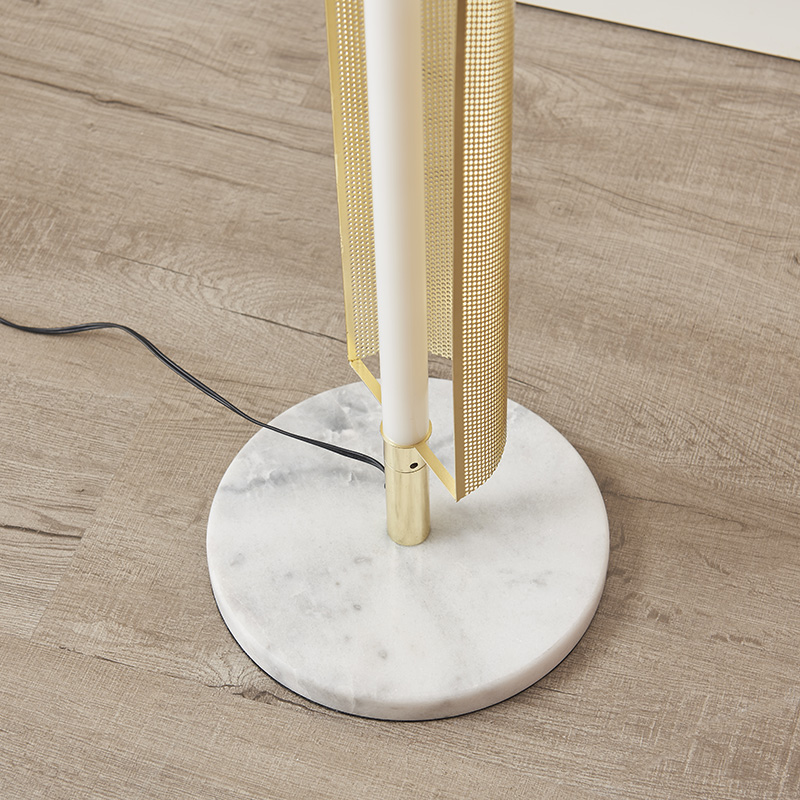
2. For Table Lamps
- ●Place a small table lamp on a floating shelf, windowsill, or narrow console table to avoid wasting valuable floor space.
- ●Wall-Adjacent Lighting: Choose lamps with slim profiles and position them against walls to keep walkways clear.
- ●Layer with Mirrors: Reflect light from a table lamp using a nearby mirror to amplify brightness in tight spaces.
3. Universal Small-Space Lighting Hacks
- ●Go Wireless: Battery-operated or rechargeable lamps eliminate tripping hazards from cords.
- ●Choose Light Colors: White or neutral lampshades diffuse light more effectively, making rooms feel airier.
- ●Multi-Functional Designs: Look for floor lamps with built-in side tables or table lamps with USB ports to save space.
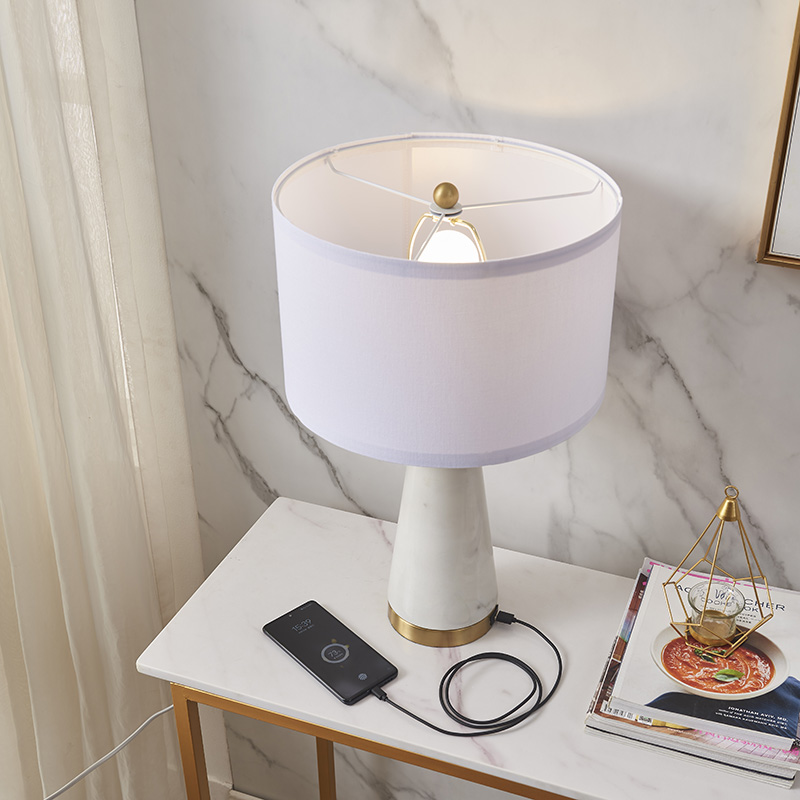
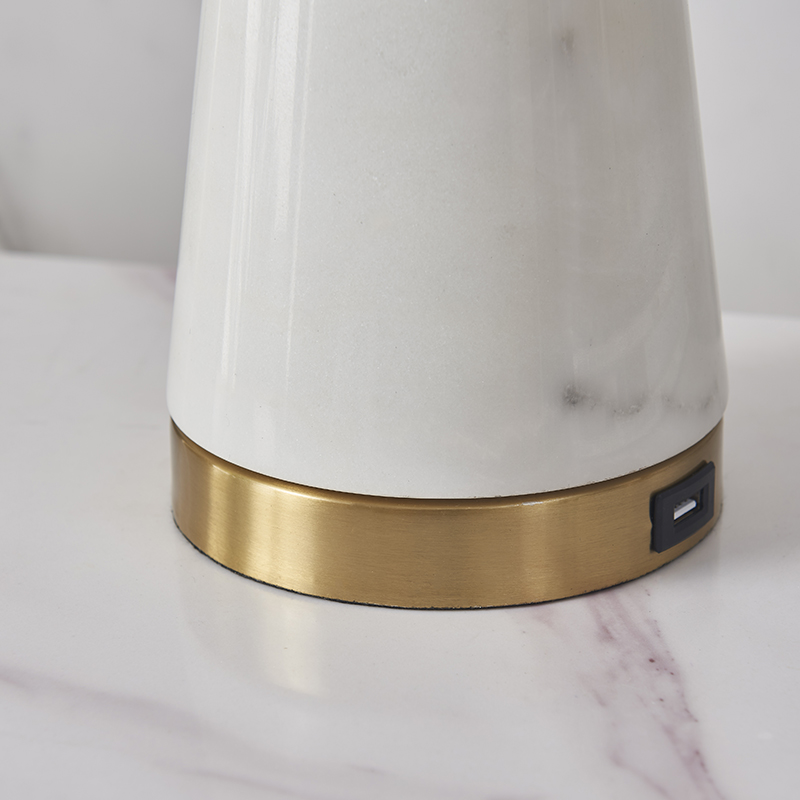
Post time: Apr-23-2025